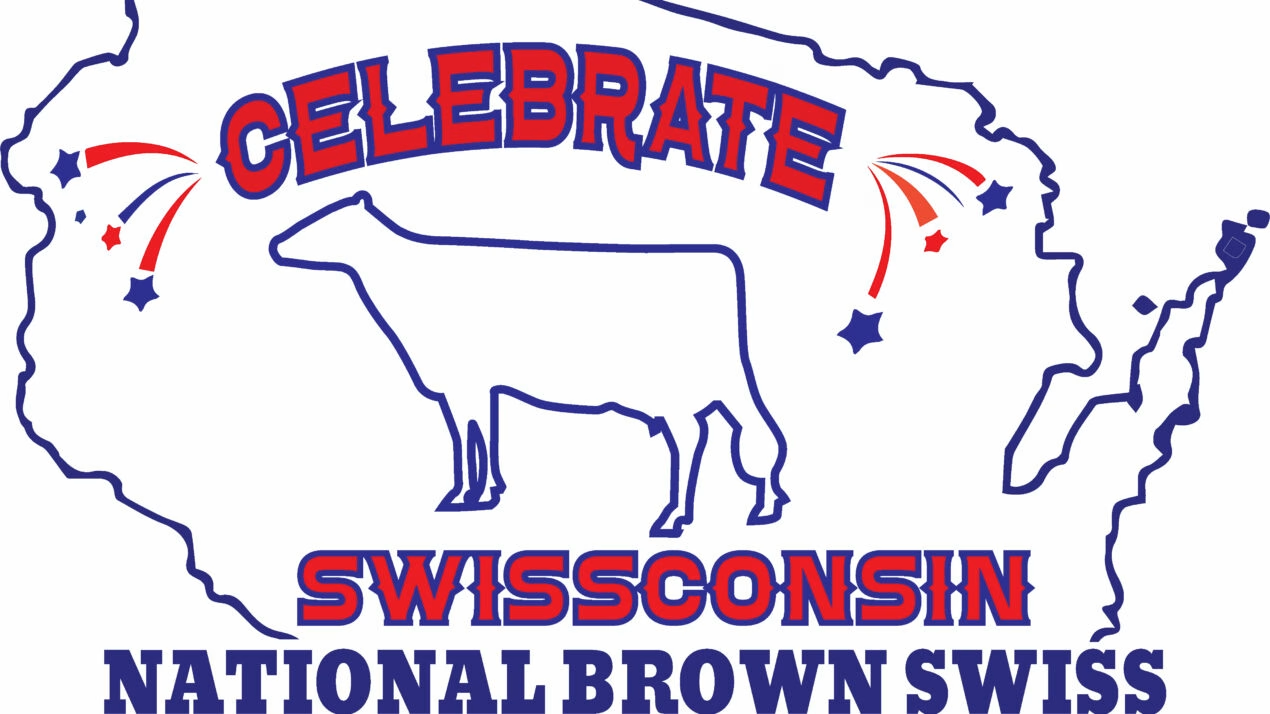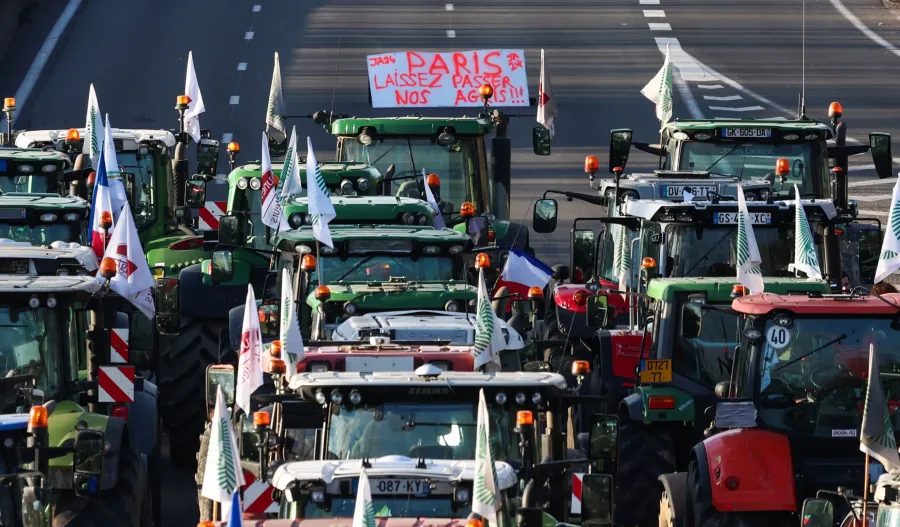Uncover the pinnacle moments from the 2024 National Brown Swiss Convention in Green Bay. Which participants triumphed in the coveted awards? Delve into essential events and victors through our comprehensive analysis.

The National Brown Swiss Convention—hosted by the Wisconsin Brown Swiss Association in Green Bay, Wisconsin—is a premier event for the Brown Swiss community. Set between July 3rd and July 6th, the conference draws approximately 200 people, underscoring its significance in the dairy sector. It provides an essential forum for celebrating Brown Swiss successes, networking, and exchanging innovations. “The National Brown Swiss Convention is more than just a conference—it’s a celebration of excellence and invention in dairy farming,” said a senior organization member. Capturing the commitment and advancement of the Brown Swiss community, the event consists of Board of Directors meetings, youth contest interviews, significant prizes, and a grand auction. The Hyatt Regency Green Bay is the perfect site, combining history with modern ideas and festivities.
Inaugural Day of the National Brown Swiss Convention: A Symphony of Meetings, Youth Engagement, and Cultural Exploration
Attendees of the National Brown Swiss Convention convened at the Hyatt Regency Green Bay on the first day. Their starting point for the day was critical Board of Directors meetings, determining the course of events. Young contestants also undertook contest interviews to highlight their expertise and love of the Brown Swiss breed. New Generation Genetics sponsored a welcome meal at Stadium View Bar and Grill tonight. This conference gave participants a great chance to network and deepen ties within their community. Following dinner, attendees visited Lambeau Field and the Titletown District, fully engaging in Green Bay’s rich sports legacy and energetic local culture.
Awards and Milestones: Celebrating Achievements on Day Two of the National Brown Swiss Convention
The second day of the National Brown Swiss Convention began with a robust breakfast, setting a spirited tone for the day’s events. Afterward, attendees convened for the anticipated awards ceremony, honoring exceptional contributions within the Brown Swiss community. Among the awards, the 2023 Living Lifetime Cow Award stood out, awarded to Jenlar Dynasty Treat, owned by Larry and Jennifer Meyer of Chilton, Wisconsin, for a lifetime ECM of 433,802.
The prestigious J.P. Eves Trophy was bestowed upon Hilltop Acres Lucky Denim from Tanner Mashek of Calmar, Iowa, exhibiting impressive figures of 4-09 305d 3x 53,150m 4.9% 2,608f 3.0% 1,588p. Denim also won the Protein Award. Additionally, the H.R. Searles Trophy was awarded to Nor-Bert Carter Lexus ETV from Dalton, Dillon, and Breanne Freemen of Bremen, Indiana, with a record of 4-02 305d 3x 39,690m 7.0% 2,779f 3.7% 1,478.
The Vernon C. Hull Total Performance Award went to Dutch-Marie Dundee Allie, owned by Hadleigh, Ezra, Kenna Jones, and Kelly Jo Manion of Edmonton, Kentucky. Allie achieved a point total of 288 with a production record of 4-04 305d 2x 39,150m 4.1% 1,603f 3.5% 1,351p. Allie received the Cow for All Seasons Award with an ECM of 43,896m and was the Type and Production winner at the International Brown Swiss Show.
The 2024 Annual Meeting commenced after the awards, marking a significant juncture for the association. Noteworthy elections included Brian Pacheco from Kerman, California, as President and Director of District IX; Dayne Voelker from Perryville, Missouri, as Vice-President and Director of District VI; Sheri Smith from Ohio as Director of District III; and Brent Moyer from Caro, Michigan, as Director of District IV.
Day Three Highlights: Meadow Brook Farms Tour Showcases Excellence in Dairy Farming
They started the third day with a hurried breakfast before guests got on busses headed for Meadow Brook Dairy Farms LLC in Manitowoc, Wisconsin. Under Mitch and McKenzie Kappelman’s direction, along with Mitch’s parents, Pete and Shellie, this fifth-generation farm milks 380 registered brown Swiss cows and 380 holsteins. The average milk weight of the Brown Swiss herd is 27,389 lbs.; its fat content is 4.27% 1169 lbs.; and its protein content is 3.29% 901 lbs. Mitch deserves the 2020 National Distinguished Young Brown Swiss Breeder title. With 27 polled Brown Swiss females in the herd, Meadow Brook presently shows an apparent concentration on breeding polled cattle and has supplied 16 bulls to A.I., including top bulls SEGA and STANDOUT.
Grand Finale: Swissconsin National Convention Sale Caps Off the 2024 National Brown Swiss Convention
On the last day of the National Brown Swiss Convention, we presented the much-anticipated Swissconsin National Convention Sale at the Brown County Fairgrounds in De Pere, Wisconsin. This auction brought buyers, breeders, and fans to compete for some of the best Brown Swiss cattle.
Experienced and charismatic auctioneer, Adam Fraley from Pennsylvania, handled the events expertly. The Brown Swiss Association’s Executive Secretary, Norm Magnussen, kindly helped him by providing thorough pedigree details that greatly enhanced the bidding process.
The sales embodied the creativity, commitment, and community spirit that typified the conference. While buyers sought premium genes to improve their herds, sellers highlighted their breeding successes.
The 2024 National Brown Swiss Convention was successful with the last gavel strike. Participating in a comprehensive program of educational, commercial, and social events, over 200 people highlighted the strength and cohesiveness of the Brown Swiss community. They underlined the relevance of the breed in the dairy sector.
The Bottom Line
The National Brown Swiss Convention in Green Bay, Wisconsin, embodied innovation and legacy within the dairy farming sector. Participants were in exciting meetings, youth events, awards ceremonies, and a major national sale over four days, from the Hyatt Regency Green Bay to the Meadow Brook Farms tour, and the last event at the Brown County Fairgrounds honored Brown Swiss breed successes. Key events were Jenlar Dynasty Treat’s 2023 Living Lifetime Cow Award victory and the Board of Directors election of leaders like Brian Pacheco and Dayne Voelker. Aiming for development and leadership in dairy farming, the event matched history with modernism. The convention held in 2024 was evidence of the togetherness and forward-looking attitude of the community, therefore motivating further innovation and quality for the Brown Swiss breed’s future.
Key Takeaways:
- Strong Attendance: Over 200 attendees registered, indicating robust interest and participation.
- Engagement and Activities: Initiated with Board of Directors meetings and Youth contest interviews.
- Welcome Dinner: Hosted at Stadium View Bar and Grill, sponsored by New Generation Genetics.
- Cultural Tours: Optional visits to Lambeau Field and the Titletown District post-dinner provided enriching experiences.
Summary:
The National Brown Swiss Convention, hosted by the Wisconsin Brown Swiss Association in Green Bay, Wisconsin, is in full swing with a dynamic blend of events and activities. Attracting over 200 attendees, the convention kicked off on July 3rd and will run until July 6th. The opening day featured Board of Directors meetings and Youth contest interviews, culminating in a welcome dinner sponsored by New Generation Genetics and optional tours of Lambeau Field and the Titletown District. Subsequent days were marked by award presentations, including the prestigious Living Lifetime Cow Award and J.P Eves Trophy, along with significant business meetings and an informative tour of Meadow Brook Farms. The final day will be highlighted by the Swissconsin National Convention Sale, promising an engaging conclusion to this noteworthy event.












